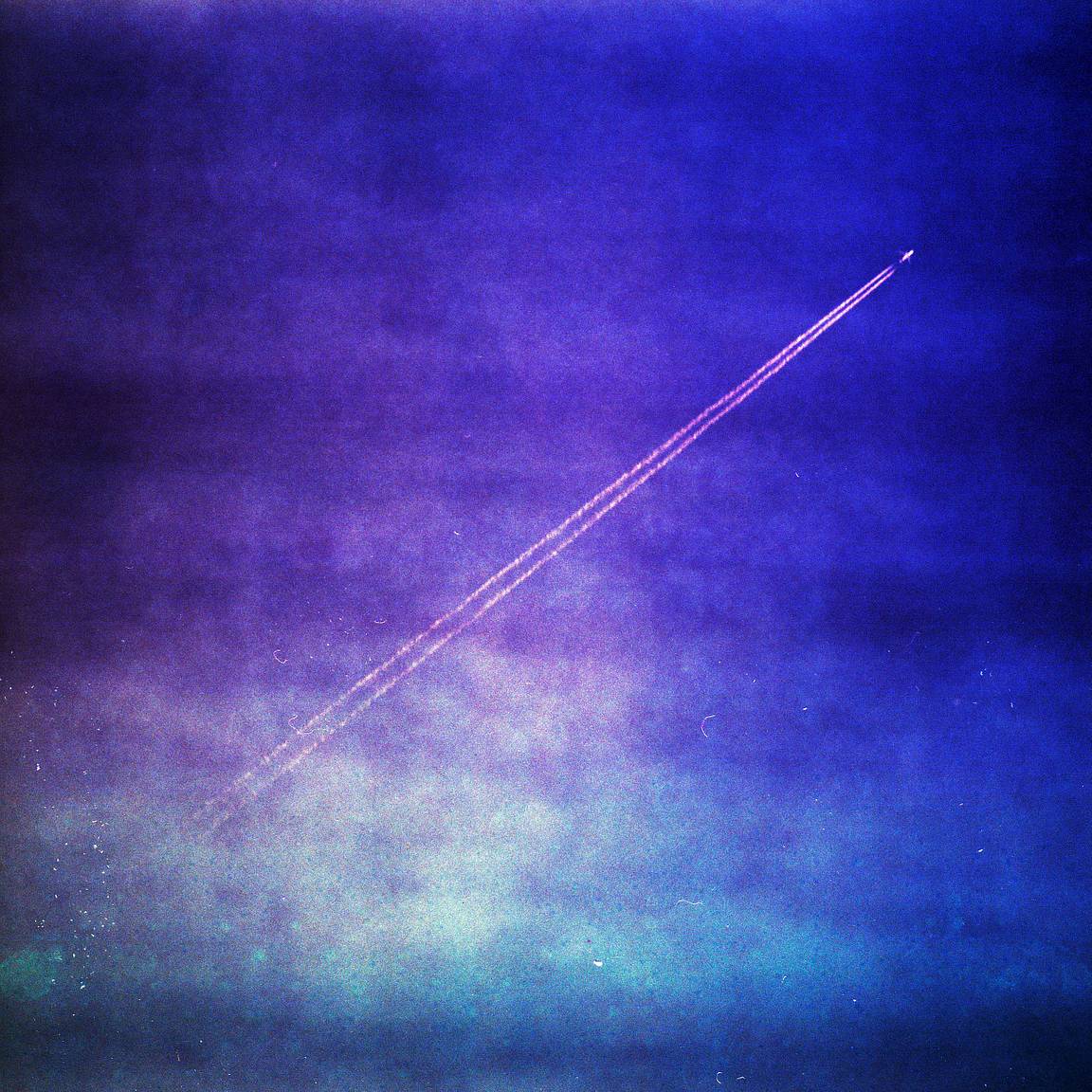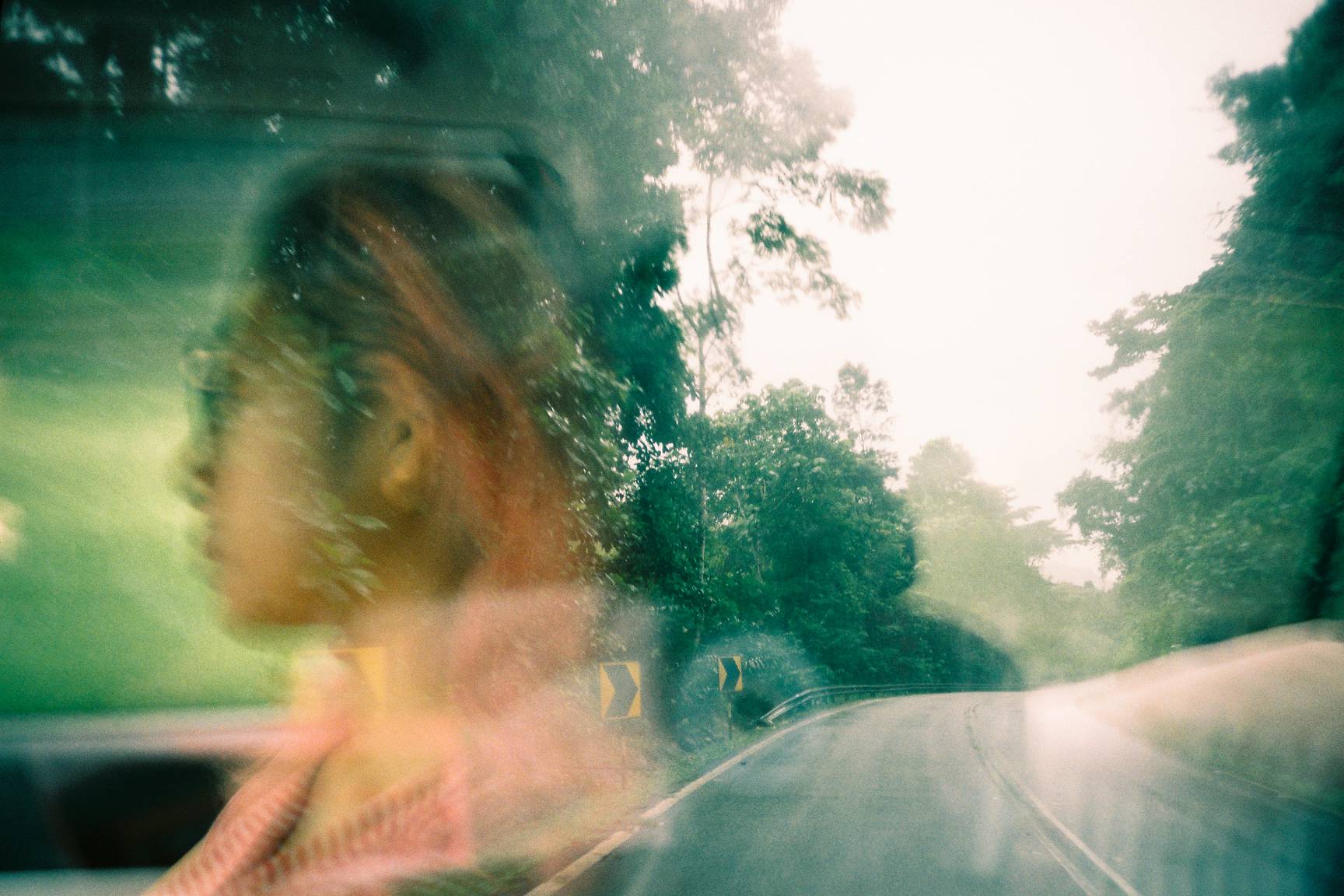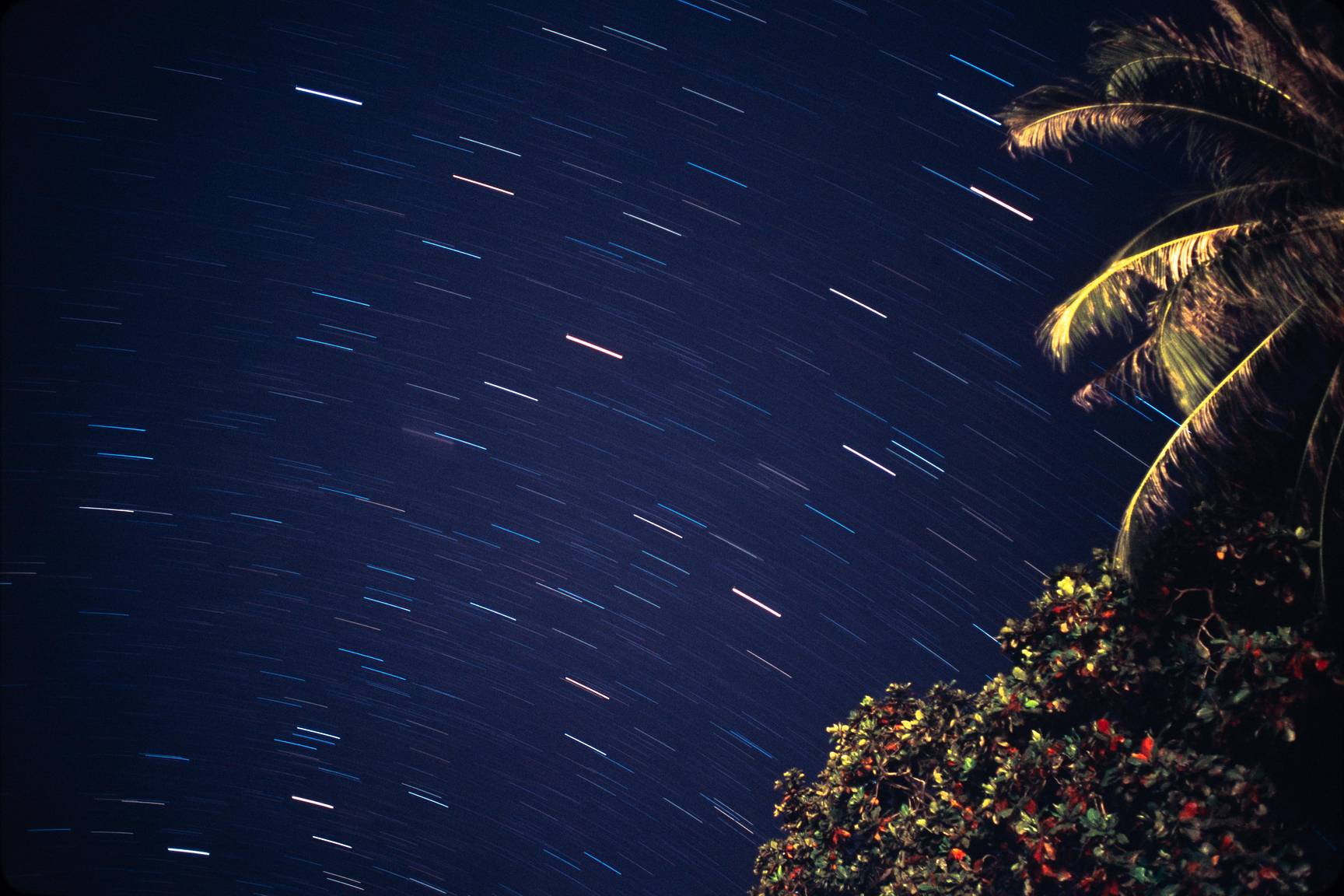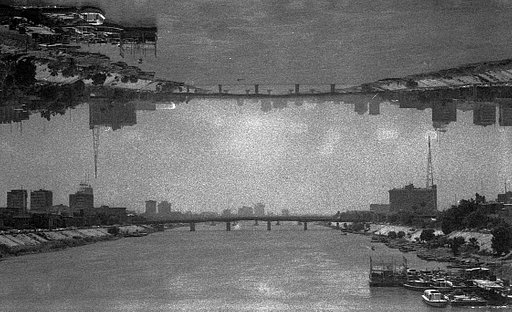@HPISHAL Shows His Lomographic Soul With His Photos From Johor Bahru
13 Share TweetThere’s no single correct way to approach film photography. Some people want clean and classic images while others dare to break the boundaries and test the limits of what can be achieved with the analogue format.
When looking at Hariez' (@Hpishal) work you can see he is a master of both worlds. He has photos that remind us of our favorite photojournalists but at the same time can shift mindsets and create incredible Lomographic images. Being raised by a dad who was also fond of the analogue lifestyle, there’s no denying that Hariez has talent in him. Today we talk to Hariez and learn more about how he got started and the tools he uses to keep on creating his mesmerizing photos.
Greetings! Can you introduce yourself to the community and tell us how you started your analogue journey?
Hi! My name’s Hariez and I hail from Johor Bahru, Malaysia — also known as the southernmost tip of mainland Eurasia. My late father was an avid analogue photography enthusiast who collected and shot all sorts of analogue cameras.
During my elementary years, he would occasionally give me a Lomo camera (Holga, Fisheye, La Sardina etc.) to playfully shoot with. My interest in the hobby really escalated when I was in my teens, when he lent me his Nikon FM. The very first roll I shot on that camera was a roll of Kodak TMax 400. The photos were… less than appealing, but there was a certain charm to them that made me want to shoot more.
And so, the obsession escalated, and I soon started shooting other formats, developing film, and just experimenting with everything.
What gear do you usually use when you shoot film?
I typically have my cameras on rotation, so I don’t really have a camera that I use substantially more than others. But if I had to pick favorites, they would be my Lomo LC-A+, Minolta Autocord, Speed Graphic, and Nikonos V.
I really admire how you seem able to switch from breathtaking portraits and landscapes to more experimental and daring photos. What's your process when composing or coming up with a photo?
Aesthetics are an intrinsic part of human nature, so it is only natural for us to appreciate things that are beautiful. I don’t think I have a process when it comes to coming up with a photo, but rather, an innate interest in the pretty things in life. But I think it’s also good practice to frequently hop between subjects and methods when shooting. It reduces burnout when I shoot a specific subject for too long and keeps my interest in the hobby fresh.
What's it like shooting film in Malaysia?
Malaysia’s a nice little tropical country, where the weather is either super-hot or super-rainy. Often recognized as a “cultural melting pot”, Malaysia is home to a multitude of distinct cultures. If you’re into architectural photography, there are various historical and modern buildings that feature architecture influenced by different Asian cultures. If you’re into shooting cultural festivals or events, there is always a cultural event (and public holiday) going on.
Not only is Malaysia home to a diverse population of people, but natural habitats as well — which is probably why I’ll never move to another country. One of a handful of megadiverse countries, Malaysia hosts a wide array of ecosystems. From the thick rainforests in East Malaysia and the pristine ocean waters of the East Coast, to the gargantuan Titiwangsa Mountains of Pahang and vast swaths of mangrove forests of Johor — there is no shortage of natural beauty here. Unfortunately, there is a shortage of appreciation for these wonders, though.
Is there an active film community in your area?
I cannot say for the entirety of Malaysia, but I can definitely say for the district that I’m from, Johor Bahru. As mentioned previously, my late father was obsessed with analogue photography. Back in 2009, he was given a Rollei 35 Classic by my late uncle. The tiny little thing sparked something in him, and he shortly began collecting other film cameras. Misery (in this case, obsession) loves company, and so my father slowly grew his merry band of analogue shooters.
He even bought an apartment from a friend of his just so he could turn it into a lab/studio. There, my father and his friends would spend hours wet printing and experimenting with all sorts of recipes for developing film.
Sometime in 2011, they “formally” founded the group known as the Smelly Plastik Photographic Group, a Johor Bahru-based film photography group which is still active today.
What kind of photos do you usually gravitate towards taking?
I see photography as a medium for me to share my interests. Because of that, I believe I gravitate towards taking photos of subjects that are within my areas of interest – which are quite diverse. I’ve studied and interned as an English teacher, performed ethnographic research as a research assistant, and now I’m in central banking. I believe the photos I take are a reflection of my personal traits and beliefs, a sort of collage or amalgamation of different fascinations.
There are certain subjects that I heavily lean toward, particularly aquatic landscapes and indigenous (Orang Asli) communities, the latter of which I don’t post photos of due to privacy concerns. I also peculiarly enjoy shooting multiple exposures, something about nailing multiple exposures makes shooting film extra satisfying. But, in general, I try not to define myself with a certain genre or method of shooting. I bring a camera everywhere I go, and I shoot anything that catches my eye. Life is too short for one to focus on one thing or two, so why not try as many things as possible?
You've used both the Lomo LC-A+ and LC-Wide. What do you like most about these cameras?
They’re some of my favorite point-and-shoots! I absolutely adore the Minigon glass, they give my photos a certain colorful ‘pop’ that I can’t really replicate with my other cameras. The multiple exposure feature on the LC-A+ and LC-Wide is probably why I use them more than any other point-and-shoots, having a handy little MX-capable camera at all times is certainly a blessing.
You also shoot in medium format. How do you compare using this to 35 mm?
Weirdly enough, I prefer shooting medium format for street photography as opposed to 35 mm, especially with the Autocord. Something about the “vintage” look of the camera makes you look less hostile to strangers. There have been countless times when strangers have candidly initiated conversations with me on the street; these conversations often go along the lines of “Wow people still shoot that?” or “Wow that is a classic camera.” I often ask these folks for a portrait of them after these conversations, in which they usually happily oblige.
This doesn’t just apply to TLRs. I’ve had similar interactions carrying my other medium formats such as my Mamiya Super 23, Hasselblad, and Great Wall DF. 35 mm and portable medium format cameras are still my go-to cameras, though — especially when traveling. It feels great to not have to carry around an anvil all the time.
Can you tell us the stories behind three of your photos?
The first one is Rawang Bypass, a highway in Selangor that cuts above Kanching Forest. The trees pictured are Merawan Kanching trees (Hopea subalata), which are endemic to and found only in Kanching Forest.
The next photo is about the pandemic. The COVID-19 pandemic was definitely something I don’t want to live through ever again, but the limitations brought by the lockdown certainly did bear fruit to some more unconventional ideas. Unable to travel anywhere, I spent a lot of the time hanging out with my friends in my apartment-turned-lab/studio. Here, I experimented with multiple exposures on my friends, often getting them to hold a pose for minutes at a time just so I could compose an exposure properly.
Monstrous, vast, and fugly, Forest City is a failed development project located in Johor. Prior to its construction, the area used to feature a vast mangrove forest and extensive seagrass meadows, blooming with all sorts of wildlife. Now, there is nothing left but a ghost town.
Is there anything you want to share with the rest of the Lomography Community?
I don’t remember where I read this from, but the author states that no matter how much we try to remain narratively ambiguous, a photo’s narrative will always be shaped by the person behind the camera. I know how preachy I’m about to sound, but I strongly believe that ethics should always be at the back of a photographer’s mind, doesn’t matter if they’re a professional or enthusiast. We often think about how photographs can impact the world, but do we think about how photographs impact the photographed? I think having a genuine interest and respect toward the people we photograph goes a long way, it helps us recognise them as individuals with unique lives rather than just “attractions” for us to snap photos of.
We thank Hariez for sharing his story and photos with us. You can keep up with him on his LomoHome.
How would you describe your style of photography? Comment down below!
written by rocket_fries0036 on 2023-11-29 #culture #people #places #malaysia #street-photography #lc-a #experimental-photography #lc-wide #apac #lomographic-picture
















































No Comments